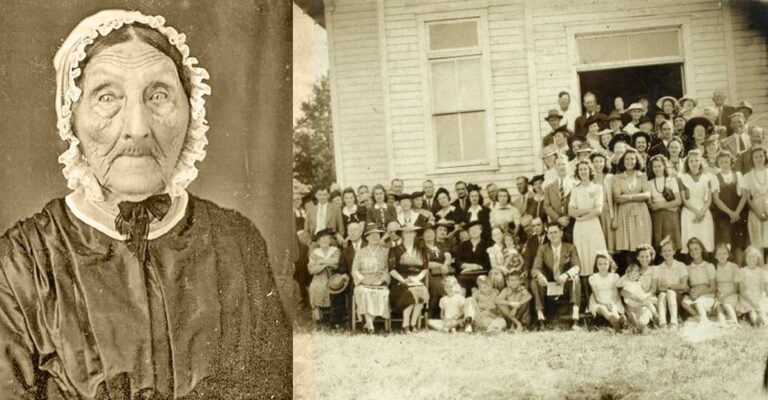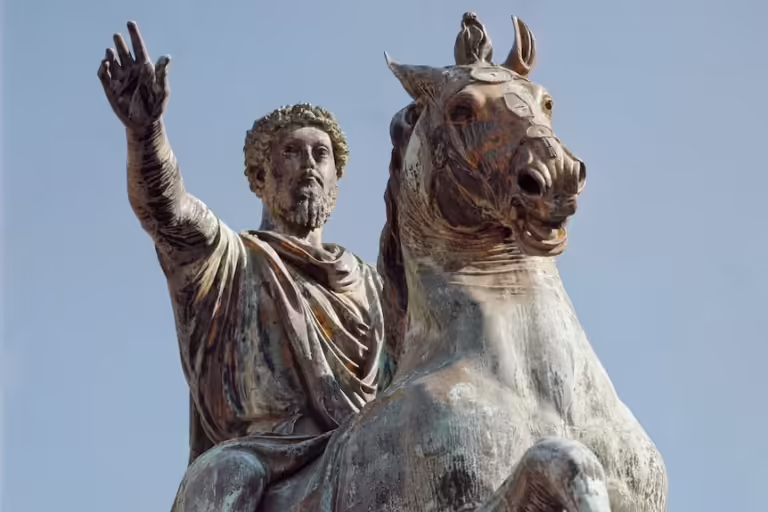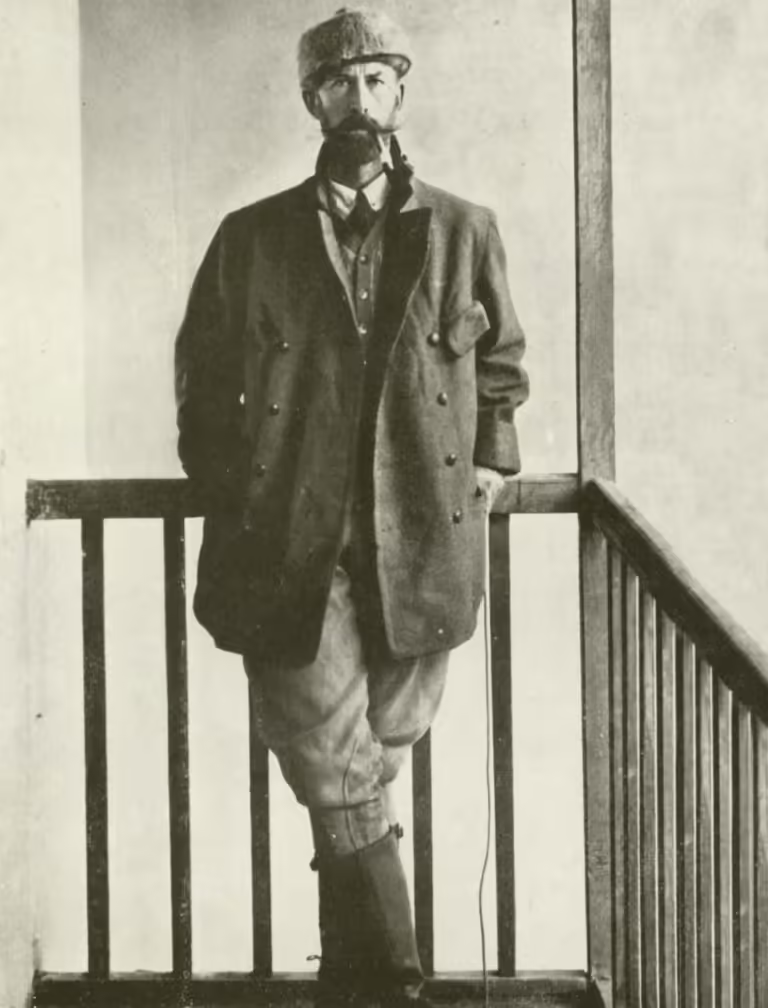The Courageous Legacy of Lepa Radić: A Teenage Resistance Fighter in WWII
Discover the courageous legacy of Lepa Radić, a 15-year-old Yugoslav resistance fighter during WWII, whose defiant final words and heroic actions still inspire today.
Lepa Radić, a teenage girl, stood as a beacon of defiance against the Nazi regime. At just 15 years old, her bravery during WWII became legendary, making her a symbol of resistance in Yugoslavia. Despite her young age, Lepa’s dedication to the fight against tyranny led her to commit heroic acts, even at the cost of her own life. Her execution, marked by her refusal to betray her comrades, immortalized her as one of the most courageous figures in resistance history.
Lepa Radić: A Symbol of Defiance

Born in 1925 in Bosnia and Herzegovina, Lepa Radić was no ordinary teenager. By the time the Nazis had swept through Yugoslavia, she had already joined the Yugoslav Partisan movement — a decision driven by her family’s political background and the escalating war around her.
The Partisans were a diverse, multi-ethnic force committed to pushing the Nazi regime out of their homeland. Lepa’s role within the Partisans was not just as a foot soldier; she became a leader, guiding civilians to safety, and helping orchestrate resistance activities in the face of overwhelming odds.
In the words of historians, Lepa Radić embodied the fierce defiance of the Yugoslav people, and her ability to stand up to the might of the Nazi forces at such a young age continues to resonate with those studying WWII resistance movements.
“I have no fear. They will kill me, but others will avenge me.” – Lepa Radić
This quote, delivered just moments before her execution, epitomizes her defiant spirit.
Early Life of Lepa Radić
Lepa Radić was born into a politically active family, which significantly influenced her values. Her family’s involvement in communism fostered her early political consciousness, and by her mid-teens, she was already aware of the looming dangers posed by the Axis occupation.
Her early education was centered around Yugoslav ideals of freedom and unity. When the opportunity came to join the fight against the Nazis, Lepa didn’t hesitate. She was determined to resist the oppression of her people, and her early life served as a foundation for her dedication.
- Political influence: The Radic family was staunchly opposed to fascism and the Nazi occupation.
- Motivations: Lepa’s strong sense of justice made her one of the youngest but fiercest fighters in the movement.
Key attributes of her upbringing played an essential role in shaping her resistance. Her determination was apparent early on, pushing her to take an active role in the movement.
Joining the Yugoslav Partisans

By 1941, Lepa had joined the Yugoslav Partisans, an underground group formed to resist Axis occupation. The Partisans played a crucial role in WWII, with Lepa quickly gaining prominence for her bravery. She helped evacuate civilians from Nazi-controlled areas, often risking her own life to ensure their safety.
The Yugoslav Partisan movement was not just a military struggle; it was a deeply personal fight for people like Lepa. She saw her role as more than a soldier — she was fighting for her country’s future.
- Her role: Lepa carried out dangerous missions, moving people out of occupied territories, organizing resistance forces, and assisting in guerilla warfare.
“I fight for the future of my people, not just myself.”
Acts of Bravery: Lepa Radić’s Role in the War
During her time with the Partisans, Lepa took part in numerous operations. One of her most heroic moments came when she managed to save over 80 civilians from certain death, leading them through enemy territory to safety. These acts of courage made her a key figure in the Partisan movement.
Despite the immense danger, Lepa never wavered in her commitment. Her strategic roles in combat, often leading small units on guerilla operations, displayed her leadership qualities.
- Notable actions: Lepa played pivotal roles in coordinating attacks and defending villages from Nazi retaliation.
- Tactical skills: Her ability to outsmart Nazi forces during skirmishes helped her group gain crucial victories.
Capture and Interrogation of Lepa Radić
In 1943, during a fierce skirmish, Lepa was captured by the Nazis. Her arrest marked the beginning of a brutal interrogation process where Nazi officers sought information about other Partisan leaders. Despite severe torture, Lepa refused to divulge any details, remaining steadfast in her loyalty to her comrades.
The Nazis attempted to break her spirit, using cruel methods to extract information, but Lepa’s resilience became the ultimate testament to her courage. She knew that speaking would endanger countless lives, so she chose silence.
- Interrogation methods: Nazis employed brutal techniques, hoping to break Lepa’s will.
- Her refusal: Lepa continuously denied them the information they sought, choosing death over betrayal.
The Public Execution of Lepa Radić
On February 8, 1943, Lepa Radić was led to her public execution in the town square. She was sentenced to death by hanging, an act meant to strike fear into the local population. However, the Nazis had underestimated Lepa’s courage. Instead of begging for her life, she delivered a final, defiant message.
Just before her execution, Lepa was asked to name her comrades. In response, she famously said, “I am not a traitor. My comrades will reveal themselves when they have avenged me.” This final act of defiance immortalized her as a symbol of resistance.
- Execution setting: Public square, surrounded by Nazis and local onlookers.
- Her final words: A direct challenge to the Nazis, ensuring her legacy lived on.
Lepa Radić’s Legacy and Recognition
In 1951, Lepa was posthumously awarded the title of National Hero of Yugoslavia, one of the highest honors a citizen could receive. Her legacy continues to inspire future generations, both in the Balkans and across the world.
Today, Lepa is remembered not only for her bravery but for her unyielding dedication to the Yugoslav people. Monuments in her honor, stories in history books, and documentaries ensure her memory endures.
- Posthumous honors: National Hero of Yugoslavia.
- Her place in history: Lepa’s defiance and courage are celebrated, serving as a reminder of the power of youth in times of adversity.
The Cultural Impact of Lepa Radić’s Story
Lepa Radić’s story has been told through films, books, and documentaries, ensuring that her heroic actions are never forgotten. Her life has become symbolic of the resistance efforts in WWII, particularly highlighting the role of women and young people in these movements.
Her story is an inspiration for activists, historians, and scholars alike. Lepa’s defiance in the face of tyranny serves as a reminder of the importance of standing up for justice, no matter the cost.
Biography Summary: Lepa Radić
| Attribute | Details |
|---|---|
| Full Name | Lepa Svetozara Radić |
| Birth Date | December 19, 1925 |
| Birth Place | Gašnica, Bosnia and Herzegovina |
| Affiliation | Yugoslav Partisans |
| Notable Acts | Saving civilians, defying Nazi interrogators |
| Execution Date | February 8, 1943 |
| Posthumous Award | National Hero of Yugoslavia |
FAQs About Lepa Radić
Q: Why is Lepa Radić considered a hero?
A: Lepa Radić is considered a hero for her acts of bravery during WWII, her defiance against Nazi interrogators, and her ultimate sacrifice for her country.
Q: How old was Lepa Radić when she died?
A: Lepa Radić was just 15 years old when she was executed by the Nazis in 1943.
References:
Wikipedia: Lepa Radić
History Defined: Lepa Radić’s Legacy
Encyclopedia of World War II






